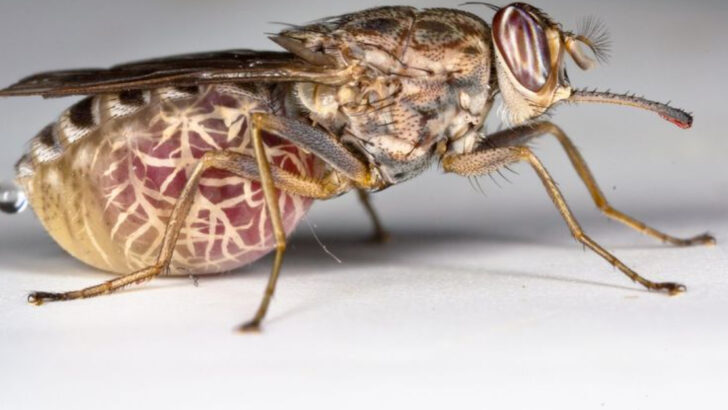Insects are among the most diverse and numerous creatures on the planet, and some of them are equipped with venom that can cause serious harm to humans.
This blog post explores ten of the most venomous insects from around the globe, detailing what makes their venom so dangerous and how they impact humans and other animals.
Each insect has evolved unique mechanisms for delivering venom, making them fascinating yet fearsome creatures in their own right.
Bullet Ant

The Bullet Ant, found in Central and South American rainforests, is notorious for its intensely painful sting. Often likened to a gunshot wound, the pain from a Bullet Ant sting can last for up to 24 hours. In certain indigenous cultures, this ant plays a role in initiation rites.
What makes their venom so potent is a neurotoxin called poneratoxin, which affects the nervous system, causing severe pain and paralysis.
Despite their small size, these ants are formidable due to their defensive capabilities. Their stings are a vivid reminder of nature’s power.
Japanese Giant Hornet

Japan’s Giant Hornet is the world’s largest hornet, feared for its potent sting and aggressive nature. With an impressive wingspan, it becomes a formidable predator.
The venom contains a potent mix of toxins, including mandaratoxin, which can cause tissue damage and even organ failure in severe cases. Their aggressive swarming behavior adds to their danger, as multiple stings can overwhelm the immune system.
These hornets primarily prey on other insects, showcasing their dominant role in the ecosystem. Human encounters, though rare, can be life-threatening.
Tsetse Fly

The Tsetse Fly, native to sub-Saharan Africa, is infamous for transmitting sleeping sickness. Unlike other insects, its bite is not painful, often going unnoticed.
However, its saliva carries the Trypanosoma parasite, which can lead to severe health issues including neurological problems. The disease, if untreated, can be fatal. Tsetse flies have a unique reproduction method, giving birth to live larvae.
While the insect itself is harmless, the parasites it transmits make it a significant health threat. Control efforts focus on reducing populations to prevent outbreaks.
Killer Bees (Africanized Honey Bees)
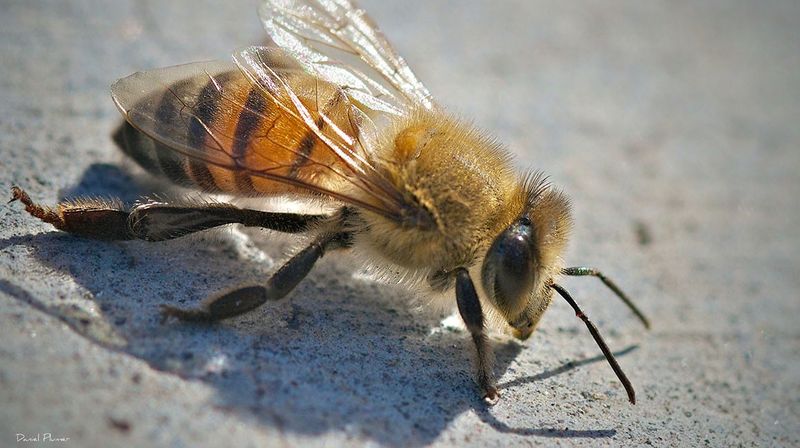
Killer Bees, also known as Africanized Honey Bees, are renowned for their aggressive behavior. A hybrid species, they were accidentally released in Brazil and have since spread throughout the Americas.
Their venom isn’t more potent than regular honey bees, but their defensive behavior makes them dangerous. They attack in large numbers, delivering multiple stings which can be fatal to humans and animals.
Their swarming nature is a defensive mechanism, evolved to protect their hive from threats. Despite their reputation, they are crucial pollinators in ecosystems where they are found.
Harvester Ant
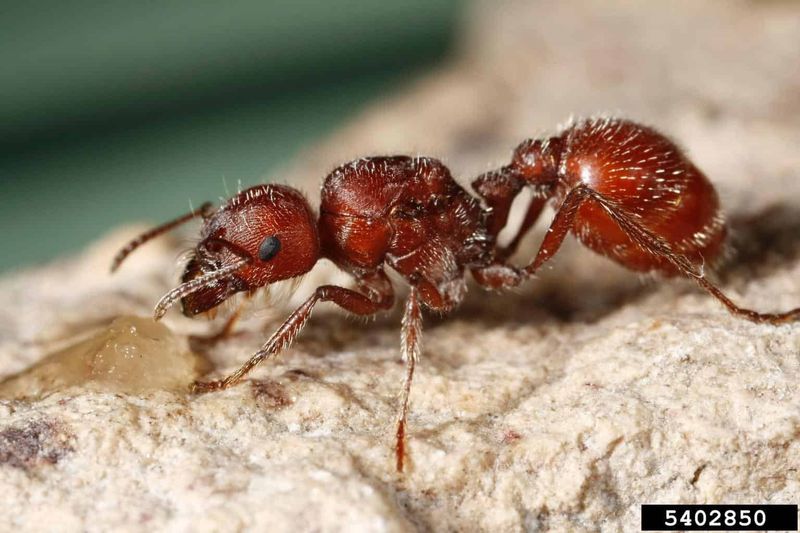
Harvester Ants, primarily found in desert climates, are known for their painful stings. Their venom is ranked among the most toxic insect venoms, capable of causing allergic reactions in humans.
These ants play a crucial role in their ecosystem by spreading seeds, ensuring vegetation growth. Their colonies are expansive, reflecting their organized social structure. The venom’s potent alkaloids can cause intense pain and swelling, a defense mechanism against predators.
Though not aggressive unless provoked, their stings are a formidable weapon in the insect world.
Yellow Fever Mosquito
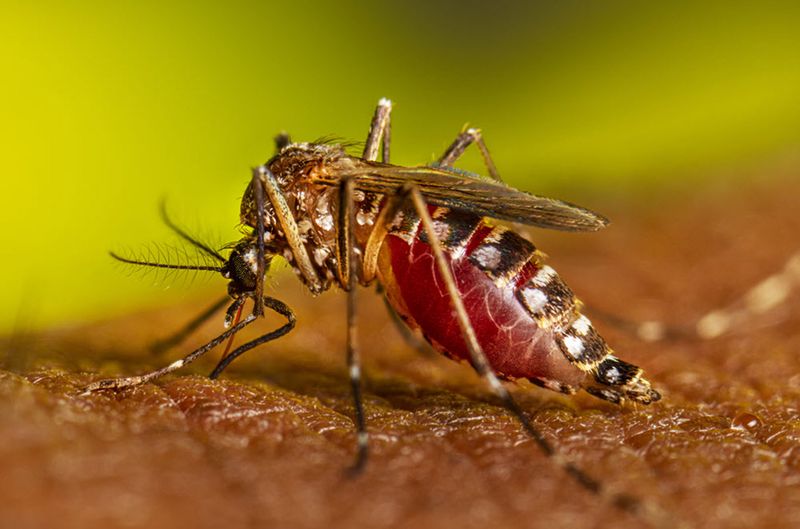
The Yellow Fever Mosquito, easily recognizable by its white markings, is a notorious vector for diseases like Zika, dengue, and yellow fever. This mosquito’s bite is often painful and irritating, causing swelling and redness.
Their saliva, containing anticoagulants, facilitates the transmission of numerous viruses. These mosquitoes thrive in tropical and subtropical regions, often breeding in stagnant water. Human encroachment into these habitats has increased encounter rates.
Public health campaigns focusing on mosquito control are vital to curbing disease spread, highlighting the mosquito’s impact on global health.
Tarantula Hawk Wasp

The Tarantula Hawk Wasp, found in deserts across the Americas, is known for its stunning size and vivid coloration. Its sting is considered among the most painful in the insect kingdom, though it lasts briefly.
These wasps use their venom to paralyze tarantulas, which become hosts for their larvae. This unique reproductive strategy highlights their evolutionary adaptation. The wasps’ venom, containing powerful neurotoxins, is primarily defensive.
While intimidating, they are not aggressive towards humans unless threatened. Their role in controlling spider populations underscores their ecological importance.
Fire Ant
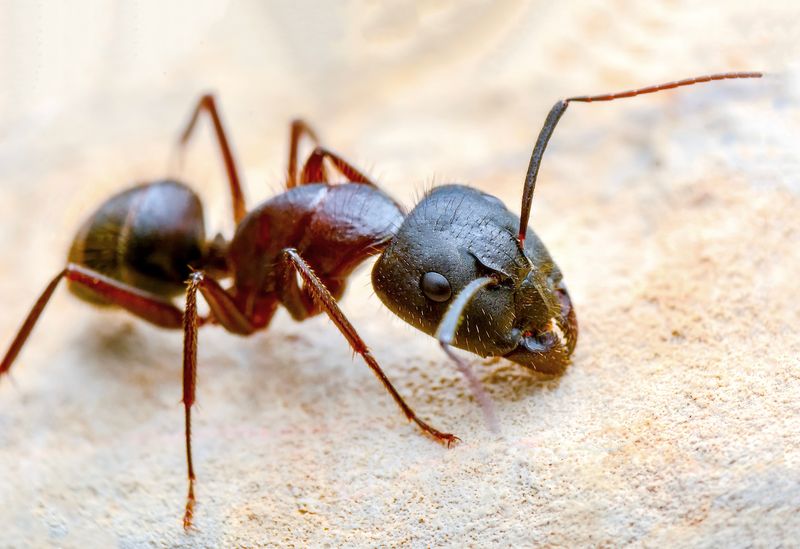
Fire Ants, with their characteristic reddish-brown color, are infamous for their painful stings. Native to South America, they have spread globally, adapting to various environments.
Their venom contains alkaloids, causing a burning sensation and potential allergic reactions in sensitive individuals. Fire Ants are highly aggressive, especially when their nests are disturbed, swarming to defend their colony.
Their ability to survive floods by forming rafts demonstrates their resilience. Despite their nuisance status, they are important for controlling pest populations in their habitats.
Black Widow Spider
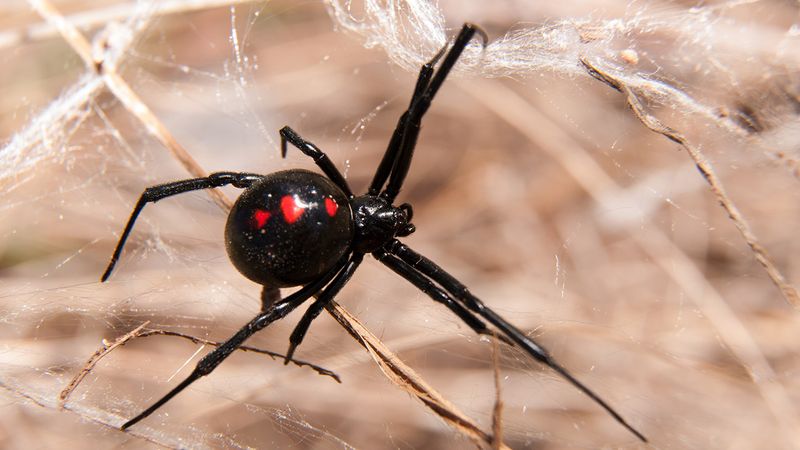
The Black Widow Spider, often found in dark corners and crevices, is known for its neurotoxic venom. Its infamous red hourglass marking serves as a warning sign.
While bites are rarely fatal, they can cause severe muscle pain and cramps. These spiders are typically non-aggressive, biting only in self-defense. Their webs, irregular yet functionally designed, capture various insects for food.
Myths surrounding their danger often exaggerate their threat. However, their presence reminds us of the intricate balance in nature, where even small creatures play vital roles.
Funnel-Web Spider
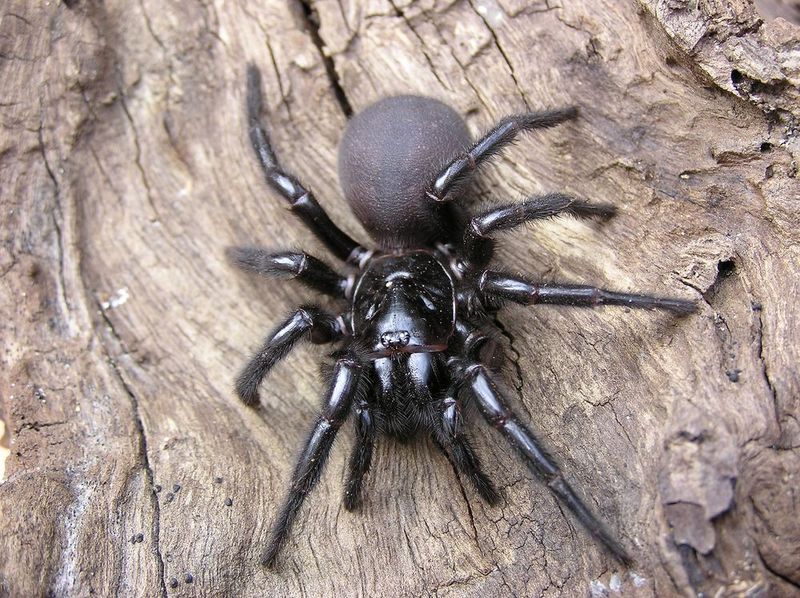
The Funnel-Web Spider, native to Australia, is infamous for its potent venom and aggressive behavior. Their fangs are capable of penetrating fingernails, delivering venom that affects the nervous system.
Encountering these spiders can be alarming, as they are known to stand their ground when threatened. The development of antivenoms has significantly reduced fatalities, highlighting medical advancements.
Their burrows, often hidden in moist environments, provide a glimpse into their secretive lives. Despite their fearsome reputation, they reflect the diverse and dangerous wildlife that characterizes Australia.

